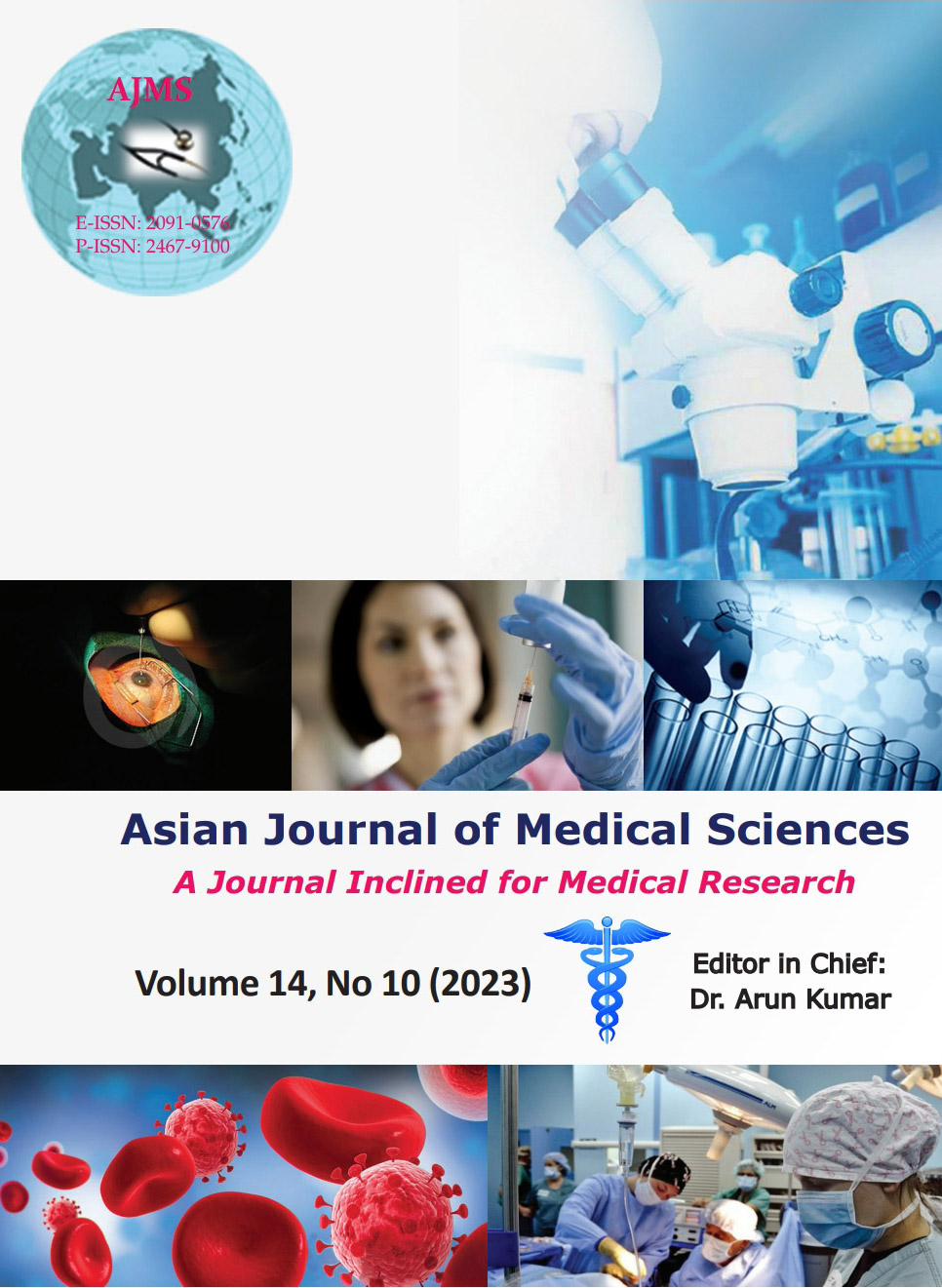Breast fine-needle aspiration cytology reporting using international academy of cytology Yokohama system: A single institution experience
Keywords:
Breast; Fine-needle aspiration cytology; Yokohama systemAbstract
Background: Worldwide breast malignancy is the major cause for mortality among women. Screening and early detection are crucial. Grey zones of uncertainty in cytomorphological differentiation of benign from malignant lesions can be overcome by Yokohama system of classification.
Aims and Objectives: The objectives of this study are as follows: (1) To categorize Breast fine needle aspiration cytology (FNAC) samples according to the international academy of cytology (IAC) Yokohama system. (2) To assess the diagnostic accuracy, sensitivity, specificity, and risk of malignancy (ROM) for each category.
Materials and Methods: A retrospective study of 144 breast FNAC cases with histopathological diagnosis was done based on Yokohama System from January 2018 to December 2020. ROM in each category was calculated. The study results were analyzed for sensitivity, specificity, positive predictive value (PPV), and negative predictive value (NPV) considering histological diagnosis as the gold standard.
Results: Recategorization of 144 cases with histopathological diagnosis was done according to Yokohama system as insufficient material, benign, atypical, suspicious for malignancy, and malignant. The respective ROM for each category was, 7.6% for Category-1 (Insufficient), 15.26% for Category-2 (Benign), 65.38% for Category-3 (Atypical), 83.33% for Category-4 (Suspicious), and 99.18% for Category-5 (Malignant). Considering malignant cases as positive, sensitivity – 86.75%, specificity – 97.32%, PPV – 99.19%, NPV – 66.06%, and accuracy of 88.96% were deduced.
Conclusion: Incorporation of IAC Yokohama system to categorize breast cytopathology using uniform terminologies provides diagnostic clarity, consistency, and accuracy in reporting, which in turn helps the clinician to predict the ROM and patient outcome.
Downloads
Downloads
Published
How to Cite
Issue
Section
License
Copyright (c) 2023 Asian Journal of Medical Sciences

This work is licensed under a Creative Commons Attribution-NonCommercial 4.0 International License.
Authors who publish with this journal agree to the following terms:
- The journal holds copyright and publishes the work under a Creative Commons CC-BY-NC license that permits use, distribution and reprduction in any medium, provided the original work is properly cited and is not used for commercial purposes. The journal should be recognised as the original publisher of this work.
- Authors are able to enter into separate, additional contractual arrangements for the non-exclusive distribution of the journal's published version of the work (e.g., post it to an institutional repository or publish it in a book), with an acknowledgement of its initial publication in this journal.
- Authors are permitted and encouraged to post their work online (e.g., in institutional repositories or on their website) prior to and during the submission process, as it can lead to productive exchanges, as well as earlier and greater citation of published work (See The Effect of Open Access).




